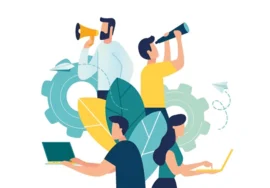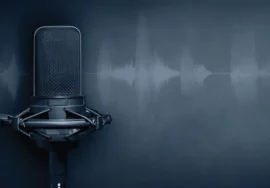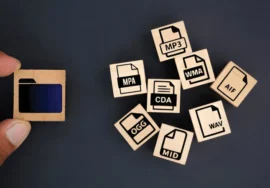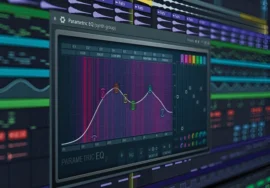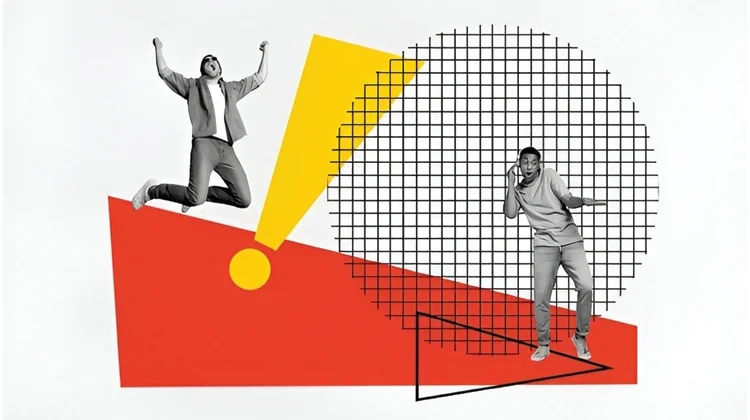
Overcoming Audio Challenges: A Case Study
In today’s digital age, audio quality has become an important factor in various industries, from film making and music production to podcasting and online education. However, achieving optimal audio can be a complex task, often hindered by various challenges. Here, we will delve into a real-world scenario where a team faced significant audio obstacles and how they overcame them.
The Challenge
Our case study focuses on a documentary filmmaker who was working on a project that involved capturing audio in a variety of challenging environments. These included:
- Noisy Locations: The filmmaker had to record interviews in bustling city streets, crowded cafes, and even a busy construction site.
- Poor Acoustic Spaces: The interview locations had poor acoustics, leading to reverberation and echo.
- Remote Recording: The filmmaker needed to interview subjects in different countries, often with limited access to professional recording equipment.
The Solutions
To discuss these challenges, the filmmakers employed joint strategies:
1. Equipment choice:
- High-Quality Microphones: Investing in high-quality microphones is crucial for capturing clear and detailed audio. The filmmaker opted for directional microphones that could isolate the voice and decrease background noise.
- Portable Audio Recorders: Portable audio recorders offer flexibility and convenience, allowing for easy recording in various locations. The filmmaker chose a recorder with features like gain control, low-cut filters, and phantom power to optimize audio quality.
- Headphones: Headphones are essential for monitoring audio levels and ensuring that the recording is clean and free of distortion.
2. Recording Techniques:
- Microphone Placement: Proper microphone placement is key to capturing clear audio. The filmmaker experimented with different techniques, such as close-miking and mid-distance miking techniques, to find the best approach for each situation.
- Room Treatment: In challenging spaces, the filmmaker used sound-absorbing materials like blankets and acoustic panels to reduce reverberation and echo.
- Remote Recording Techniques: For remote interviews, the filmmaker used cloud-based recording platforms that allowed for high-quality audio capture and synchronization.
3. Post-Production Techniques:
- Noise Reduction: To cut background noise and unwanted sounds, the filmmakers used specialized noise reduction software.
- Equalization: Equalization can adjust the frequency response of the audio, enhancing clarity and fullness.
- Compression: Compression can control the dynamic range of the audio, making it more consistent and easier to listen to.
- Audio Restoration: In cases where the audio was damaged or corrupted, the filmmaker used audio restoration techniques to repair and restore the sound.
The Outcome
By implementing these strategies, the filmmaker could overcome the audio challenges and produce a high-quality documentary. The clear and well-balanced audio enhanced the viewing experience and helped to convey the story.
Lessons Learned
This case study highlights prizing careful planning and preparation when recording audio in challenging environments. By investing in quality equipment, employing proper recording techniques, and using effective post-production tools, it is possible to achieve professional-grade audio, even in the most difficult circumstances.
Added Tips for Overcoming Audio Challenges
Besides the strategies discussed in the previous section, here are some additional tips to help you overcome audio challenges and achieve professional-grade results:
1. Monitor Your Audio
- Use Headphones: Always monitor your audio through headphones to ensure accurate levels and sound quality.
- Check for Distortion: Keep an eye on your meters to avoid clipping, which can cause distortion and damage to your audio.
- Listen Critically: Develop your listening skills to identify potential issues in your recordings, such as noise, distortion, or poor frequency response.
2. Maintain Your Equipment
- Clean Your Microphones: Regularly clean your microphones to remove dust and debris that can affect sound quality.
- Check Cables and Connections: Ensure that all cables are securely connected and free of damage.
- Calibrate Your Equipment: Periodically calibrate your audio equipment to maintain accuracy and consistency.
3. Understanding Basic Audio Theory
- Learn About Frequency Response: Understand how different frequencies affect the sound of your recordings.
- Study Room Acoustics: Learn how room acoustics can impact sound quality and how to treat rooms to improve sound.
- Explore Audio Editing Techniques: Learn basic audio editing techniques like cutting, copying, pasting, and fading to refine your recordings.
4. Collaborate with Sound Engineers
- Consult with professionals: If you’re facing complex audio challenges, consider consulting with a sound engineer.
- Learn from experts: work with experienced sound engineers to gain insights into their techniques and workflows.
- Seek Feedback: Don’t be afraid to ask for feedback on your audio from others.
Conclusion
Overcoming audio challenges requires a combination of technical knowledge, practical skills, and creative problem-solving. By following the tips and strategies outlined in this case study, you can improve the quality of your audio recordings and enhance the overall production value of your projects.
Remember, audio is an essential component of any multimedia production. By investing time and effort in mastering audio techniques, you can elevate your work to new heights.

